Quickly Transform Your Ideas into Business Value
To compete in today’s market where customer demands and expectations are increasing, you need more than just technology. You will need a new and agile approach to be able to respond to rapidly changing business needs. With the right technology and DevOps practices, you can deliver secure and innovative solutions to your customers.
What is DevOps?
A set of practices and a culture designed to break down barriers between developers, operations, and other parts of the organization.

Automate Application Delivery
Reduce time to market of new apps and features by speeding up how an idea goes from development to deployment through automating routine operational tasks and standardizing environments across an app’s lifecycle.
z

Foster Innovation
Private cloud infrastructure enables organizations to initiate projects faster through self-service and automation, capitalize quickly on new capabilities and revenue opportunities, and respond immediately to marketing changes.
z

Improve Operational Agility
j
A multi-cloud deployment strategy provides the business with technical and financial direction on which particular cloud platform to consume an IT Service based on the aspirations of the business.
z
How it Works

Sprint Planning. At the start of the application development project, the team develops user stories – application functionalities as told from the perspective of a user. The list of features based on these stories will serve as the team’s product backlog – simply put, the list of things that need to be done.

Continuous Integration. While multiple developers work on different features, code is routinely integrated into a main repository, where it is tested and integrated up to multiple times in a day.

Daily Scrum. A non-traditional approach to application development also means a change in the way project meetings are held. The team meets for about 15 minutes to create a game plan for the day. In these short and meaningful meetings, the team only intends to remove impediments in achieving their sprint goal.

Continuous Testing. Through automated testing, release candidates are tested early and often. Thee goal is to determine the impact of the changes in the code as fast as possible and whether the changes can be safely deployed into production.

Sprint Review/Retrospection. At the end of every sprint, which typically goes for 2 weeks, the team reviews with its stakeholders what went well, what went wrong, and what can be improved for the next sprint.

Continuous Delivery. When the code is able to go through integration and testing, it is then automatically deployed into a staging environment. The team makes the decision to deploy the changes into production. Thus, a minimum viable product (MVP) is made available.
Providing Enterprises with the Best of Breed Technologies
MDI Novare offers solutions and consulting services to help you future proof your business. Innovate faster and respond quickly to changing business needs.
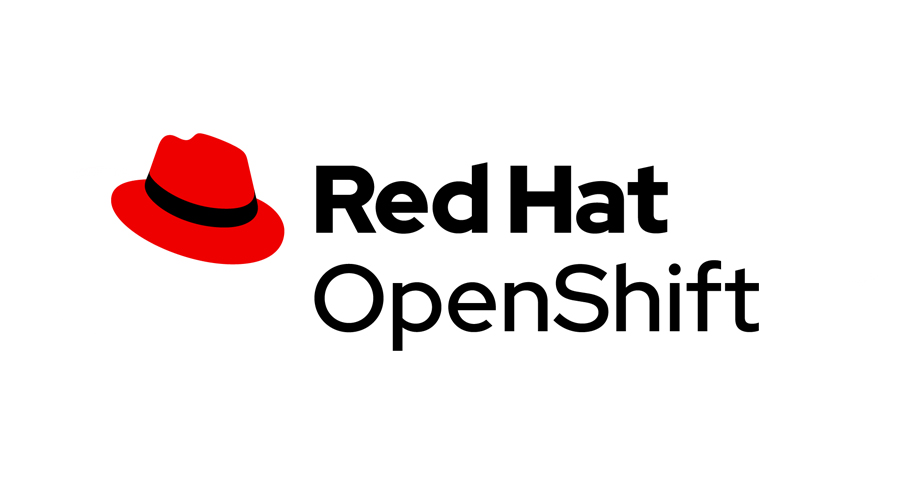
RedHat Opeshift
Develop apps with the languages and tools you want and deploy through container images. Standardize developer workflows, support multiple environments, and enable continuous integration alongside automated release management.
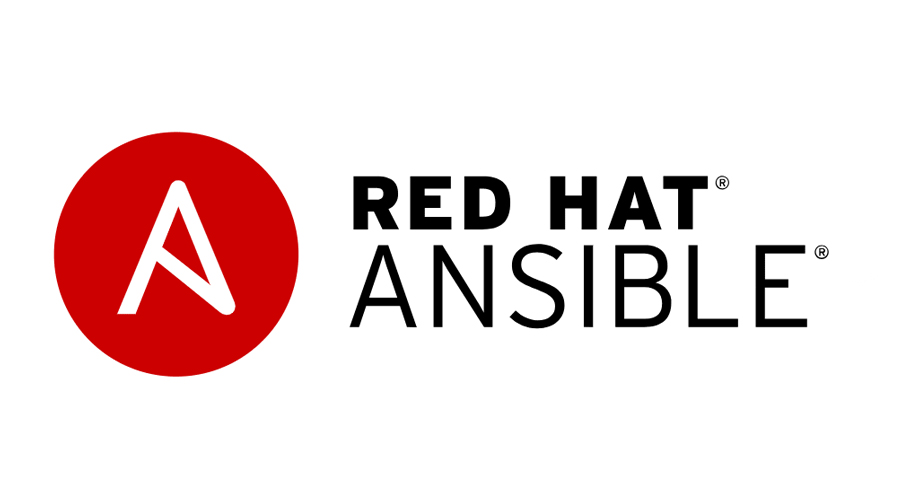
RedHat Ansible
An enterprise platform for implementing automation across an organization.
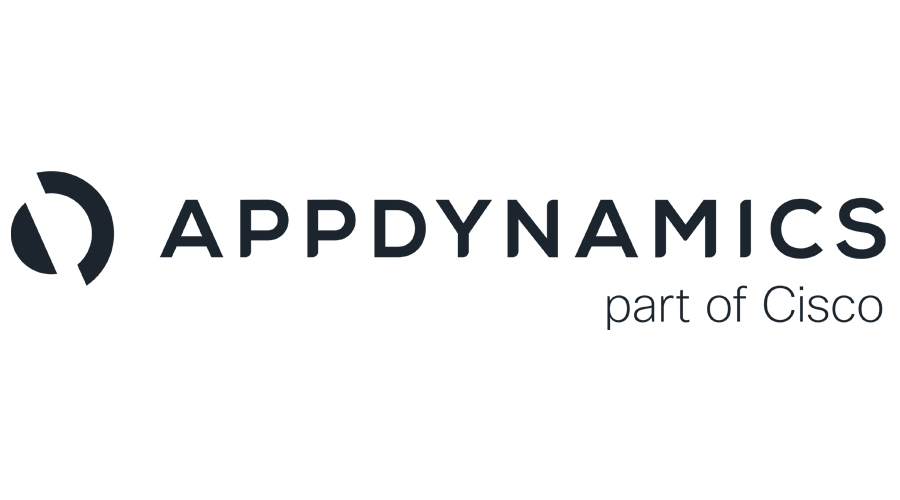
Appdynamics
An enterprise-grade application monitoring platform that allows you to have a clear real-time view into the health of your business.
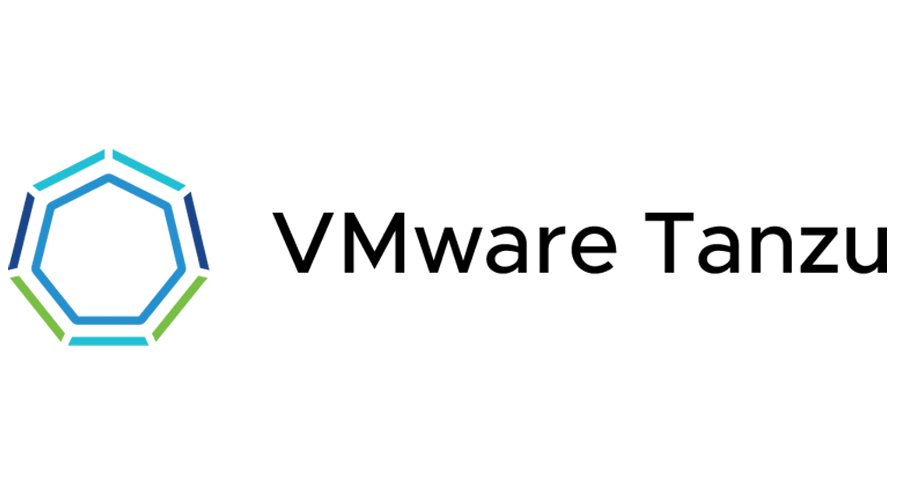
VMware Tanzu
Centralize lifecycle and policy management for all of your Kubernetes clusters regardless of where they reside.
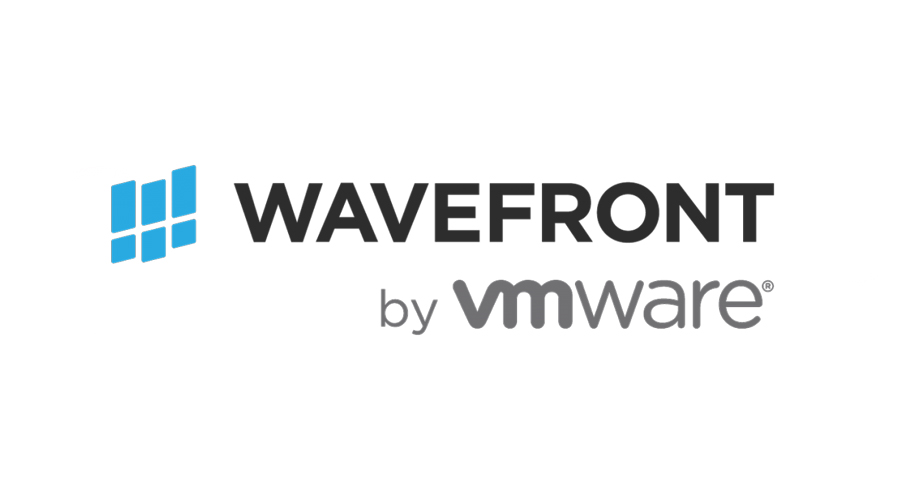
VMware Wavefront
A Saas-based metrics monitoring and analytics platform that handles the high-scale requirements of modern cloud-native applications.
Frequently Asked Questions
What is Containerization?
Containerization is modern virtualization method that packages your application and all its dependencies together in the form of containers to ensure that the application works seamlessly in any environment e.g. development, test, or production environment.
How can I start implementing DevOps?
MDI offers its DevOps Factory Services to help our clients build the CI/CD pipeline to automate the software delivery process.
Do you own the source code?
Any source code or software created by MDi|Novare for the sole purpose of fulfilling its obligations to the client shall be the intellectual property of the client. This ownership and right excludes the pre-existing code or libraties either developed by MDi|Novare or third-party. Any such code or libraries be used in delivering software to client shall be declared by MDi|Novare in writing, to be approved by the client prior to its use.
What makes MDI the top choice for DevOps?
Rapid Development. Go to market with your minimum viable product – before your competitor does. With development governed by the agile methodology, we will be ready to deploy user features in weeks, not months or even years.
Start Small and Scale. Start with a team of 3 developers and grow depending on your development pipeline. Apply the Agile + DevOps model to a low-risk project first, and then work towards deploying multiple teams for more complex applications. We will be ready to scale according to your budget and requirements.
Fully Allocated Software Factory. Value customer collaboration over contract negotiation. With a fully allocated Novare DevOps team, you can prioritize apps and features that the market demands. Manage new features and change requests without having to wait for procurement approval each and every time.
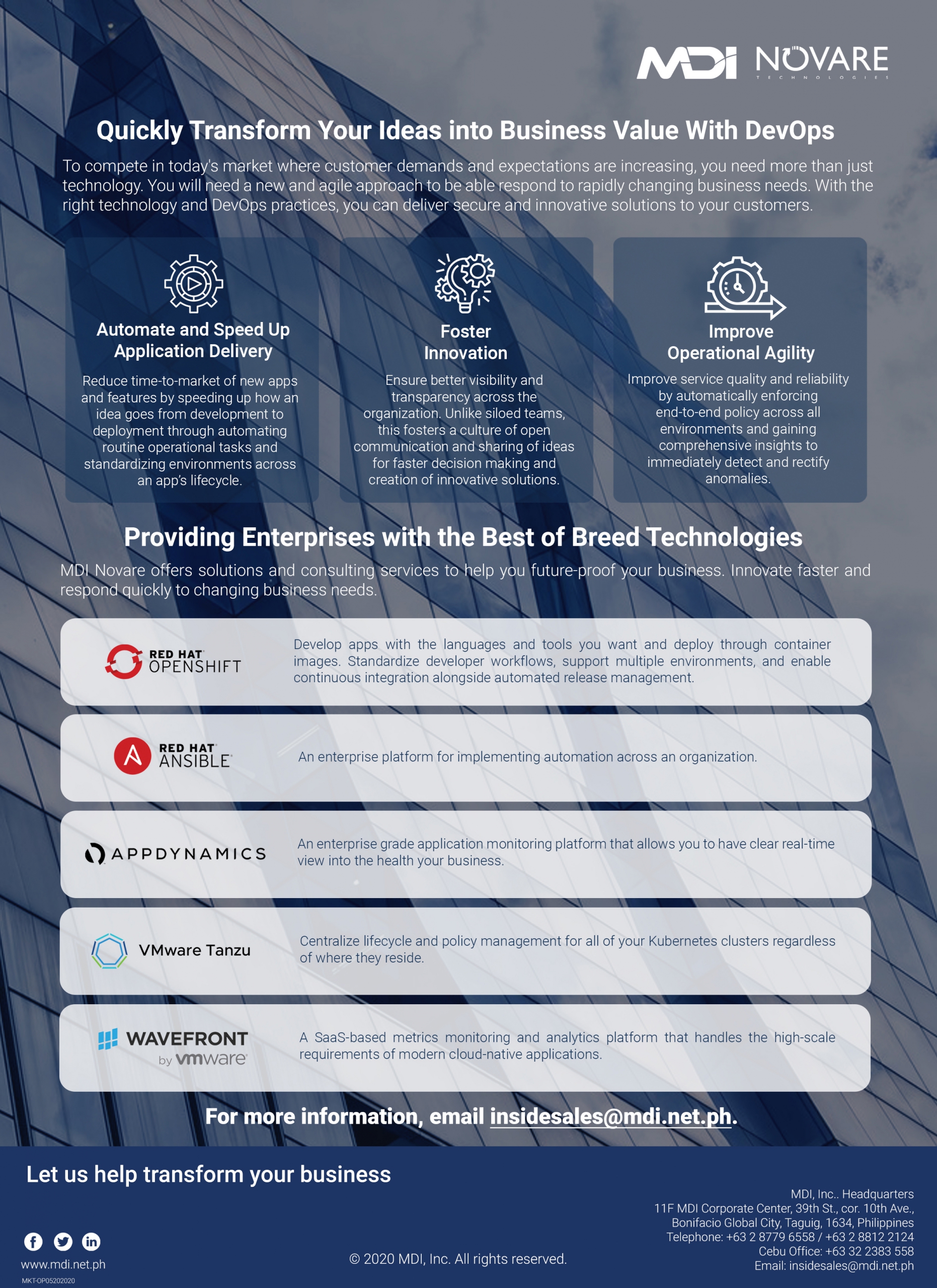
m
Learn more about DevOps. Download our One Pager.
Let us help you transform your business.